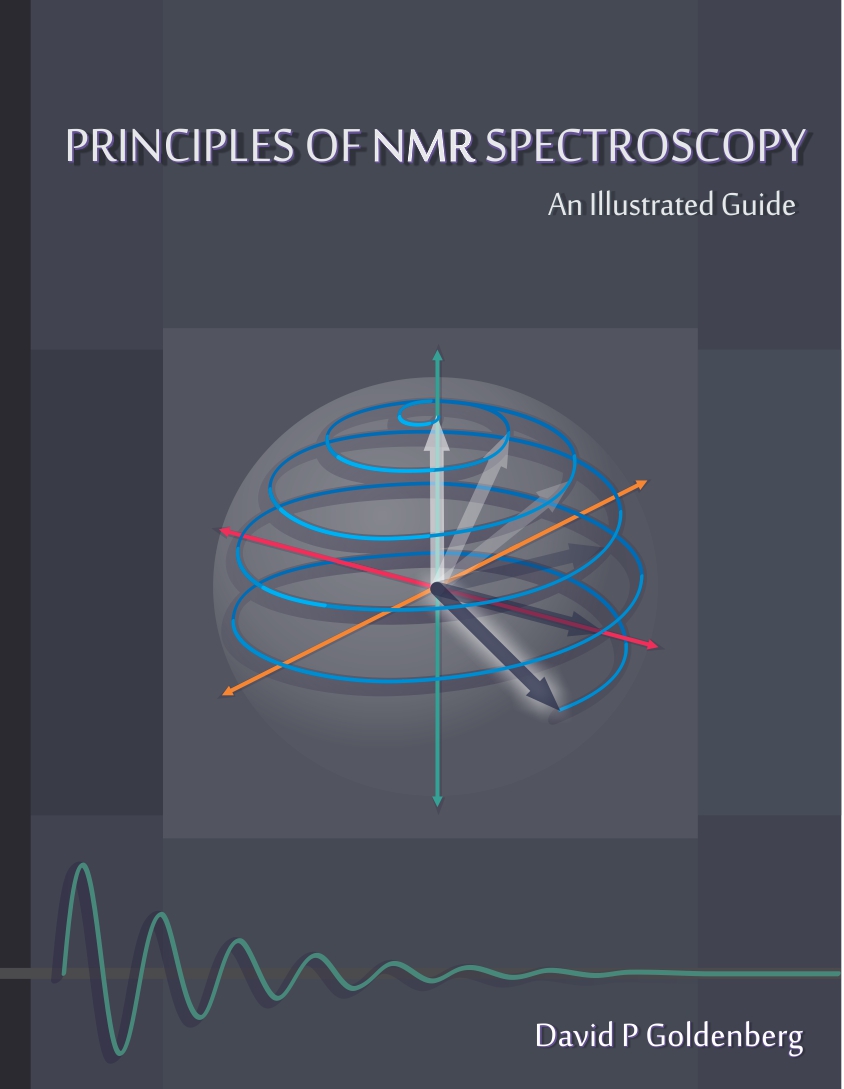
Principles of NMR Spectroscopy: An Illustrated Guide
With nearly 400 original illustrations, this NMR primer provides an introduction to solution NMR spectroscopy at a level appropriate for advanced undergraduates, graduate students and working scientists with backgrounds in chemistry or biochemistry. It presents the underlying physics and mathematics in a way that is both accessible and sufficiently complete to allow a real understanding of modern multi-dimensional experiments, thereby giving readers the tools they need to move to more advanced textbooks and articles.
Summary
With nearly 400 original illustrations, this NMR primer provides an introduction to solution NMR spectroscopy at a level appropriate for advanced undergraduates, graduate students and working scientists with backgrounds in chemistry or biochemistry. It presents the underlying physics and mathematics in a way that is both accessible and sufficiently complete to allow a real understanding of modern multi-dimensional experiments, thereby giving readers the tools they need to move to more advanced textbooks and articles.
One special feature of this text is a thorough, but accessible, treatment of spin quantum mechanics, including scalar-coupled spins. A novel style of vector diagram is used to represent the quantum correlations between coupled spins and the manipulation of these correlations by pulses and time evolution. This will help to clarify what is arguably the most difficult aspect of NMR for students and practitioners to master.
Key Features:
- Hundreds of original illustrations show both traditional and non-traditional vector diagrams, that describe the correlations between scalar-coupled spins. The non-traditional vector diagrams are a unique highlight of this text, and are used to illustrate experiments based on scalar coupling and as an aid to product-operator calculations.
- Numerical simulations are used to illustrate many important ideas, including standard data processing techniques and the random processes associated with NMR relaxation.
- Important mathematical concepts and techniques, such as complex numbers and the Fourier transformation, are introduced where they are required in the text.
- Each chapter includes chapter-ending problems and exercises as well as a summary of major points and references for further reading.
Resources
Table of Contents
An overview of modern solution NMR
An introduction to spin and nuclear magnetism
Early NMR experiments
Chemical information from resonance frequencies
The pulse NMR methods: The pulse
The pulse NMR method: The signal and spectrum
Relaxation
A more mathematical look at relaxation
Cross relaxation and the nuclear Overhauser effect
Two-dimensional NMR experiments
The mathematical formalism of quantum mechanics
More quantum mechanics: Time and energy
Quantum description of a scalar-coupled spin pair
NMR spectroscopy of a weakly-coupled spin pair
Two-dimensional spectra based on scalar coupling
Heteronuclear NMR techniques
Introduction to the density matrix
The product-operator formalism
Appendix A: List of symbols, numerical constants and abbreviations
Appendix B: Trigonometric functions and complex numbers
Appendix C: Fourier series and transforms
Appendix D: Vectors and matrices
Appendix E: Mathematics for uncoupled spin-1/2 particles
Appendix F: Mathematics of the two-spin system
Index
Reviews
“The Goldenberg book is ideal for upper division undergraduate students with majors in Chemistry, Biology and related areas. It instills an intuitive picture of NMR without sacrificing rigor when needed.”
-Frederick W. Dahlquist, University of California Santa Barbara
“A very valuable reference for anyone involved in NMR spectroscopy, including the serious newcomer who wants to learn the field and the seasoned expert looking for a fresh view of fundamental ideas.”
-Lawrence McIntosh, University of British Columbia
“Clear and accessible, Goldenberg’s book is written in an engaging style such that you feel more like you’re reading a story than being taught a discipline. I particularly enjoyed his approach of interweaving the classic experiments and quantum mechanics, which is maintained throughout the book.”
-Russell Hopson, Brown University

